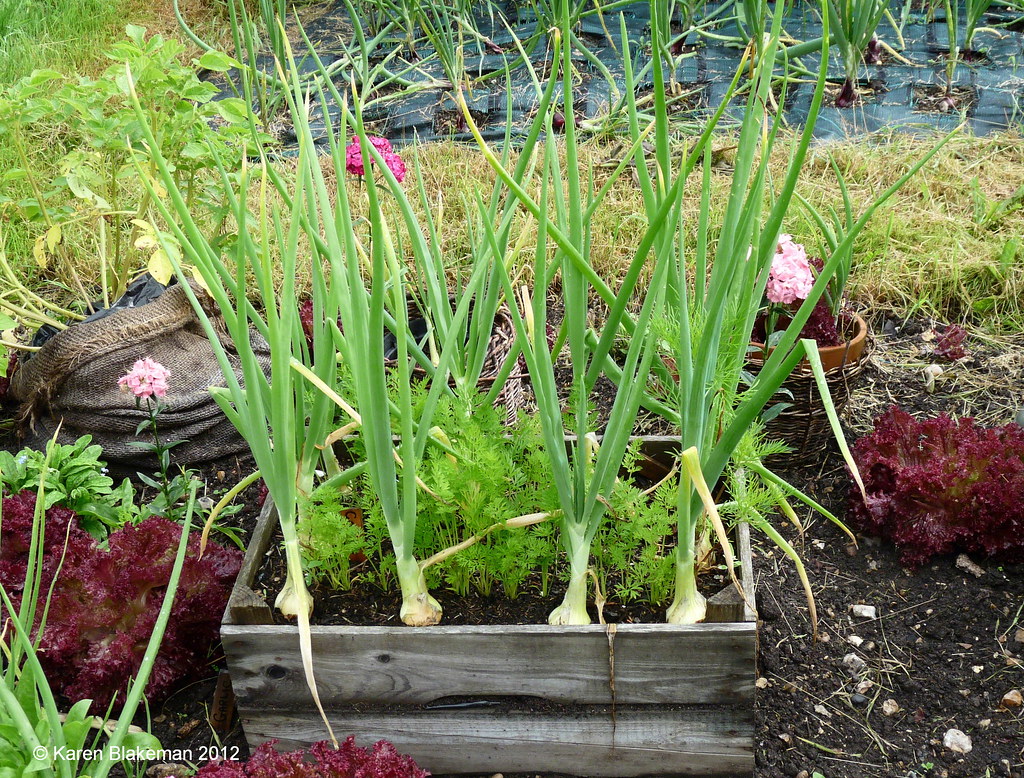Mastering Companion Planting for Pest Control

Mastering Companion Planting for Pest Control
Ever felt like your garden's a battleground, with pests as the enemy? It's time to turn the tide with a secret weapon: companion planting for pest control. This age-old technique isn't just about making your garden look pretty; it's about creating a garden ecosystem that's hostile to pests and welcoming to beneficial plants and creatures. Let's dive in!
What is Companion Planting?
In a nutshell, companion planting is the practice of growing different plants together for mutual benefit. It's like a plant party, where everyone brings something to the table. Some plants repel pests, others attract beneficial insects, and some even improve soil health. It's a win-win-win!
How Companion Planting Works for Pest Control
Think of your garden as a fortress, and these companion plants as your guards. They protect your crops in three main ways:
- Pest Repellent: Certain plants release chemicals that repel pests, keeping them away from your vulnerable crops.
- Physical Barrier: Some plants can act as a physical barrier, shielding your crops from pests and providing shade.
- Attracting Beneficial Insects: Other plants attract insects that prey on pests, like ladybugs and lacewings. It's like having a tiny, winged security team!
Best Companion Plants for Pest Control
Now, let's meet some of your new plant allies. Here are some of the best beneficial plants for pest control:
Herbs
- Mint: This fragrant herb is a natural repellent for pests like ants, flea beetles, and rodents.
- Chives: A great companion for roses, chives deter aphids and red spider mites.
- Rosemary: This woody herb is a natural deterrent for carrot rust flies, bean beetles, and cabbage moths.
- Thyme: Thyme is a magnet for bees, which helps with pollination, and it also repels certain pests like cabbage worms and corn earworms.
Flowers
- Marigolds: These vibrant flowers are a powerhouse of pest control. They repel nematodes, aphids, and whiteflies, and attract beneficial insects like ladybugs.
- Nasturtiums: These edible flowers are a great trap crop for aphids, and they also repel beetles, squash bugs, and some pests that attack cucumbers and melons.
- Petunias: These fragrant flowers are a natural pesticide, repelling aphids, tomato hornworms, and leafhoppers.
Vegetables
- Garlic: This pungent veggie is a natural repellent for a wide range of pests, including aphids, spider mites, and whiteflies.
- Onions: Like their cousin garlic, onions deter pests like aphids, ants, and flea beetles.
- Tomatoes: These fruity veggies are a great companion for each other, as well as for basil, which improves their flavor and deters hornworms.
Creating a Thriving Garden Ecosystem
To make the most of companion planting for pest control, you need to create a balanced garden ecosystem. Here are some tips:
- Diversity is key: Grow a variety of plants to attract a wide range of beneficial insects.
- Plant in groups: Pests are less likely to attack if they have to navigate through a sea of plants to get to their target.
- Rotate your crops: This helps prevent pests and diseases from building up in the soil.
- Provide habitat: Include plants that provide shelter and food for beneficial insects, like native wildflowers and herbs.
Companion Planting Guide
Feeling inspired? Ready to transform your garden into a fortress of solitude for pests? Check out this comprehensive companion planting guide from The Old Farmer's Almanac for more plant pairings and tips.
Natural Pest Management: Beyond Companion Planting
While companion planting is a powerful tool, it's just one piece of the puzzle when it comes to natural pest management. Here are some other strategies to consider:
- Organic pesticides: Use organic pesticides like neem oil, insecticidal soap, or diatomaceous earth to target specific pests.
- Physical barriers: Use row covers, netting, or other barriers to keep pests out.
- Healthy plants: Strong, healthy plants are more resistant to pests and diseases. Make sure your plants have plenty of sunlight, water, and nutrients.
Companion Planting for Pest Control: A Real-Life Example
Let's say you're growing a tomato patch. Here's how you could use companion planting for pest control:
- Plant tomatoes with basil to deter hornworms and improve flavor.
- Interplant with marigolds to repel nematodes and attract beneficial insects.
- Add some garlic and chives at the edge of the patch to deter aphids and other pests.
- Plant some nasturtiums nearby to act as a trap crop for aphids.
Conclusion
Companion planting for pest control is like having a secret weapon in your gardening arsenal. By creating a thriving garden ecosystem with beneficial plants, you can keep pests at bay naturally and enjoy a healthier, more productive garden. So, what are you waiting for? Get planting!
FAQs
-
Q: Can I use companion planting indoors? A: Yes, many of the same principles apply to indoor gardening. Just make sure the plants you choose are compatible in terms of light, water, and space requirements.
-
Q: How close should I plant my companion plants? A: It depends on the plants, but generally, you want them close enough to interact but not so close that they compete for resources.
-
Q: Can I use companion planting to attract pollinators? A: Absolutely! Many of the flowers we use for pest control, like marigolds and nasturtiums, are also great for attracting pollinators.
-
Q: How do I know if a plant is a good companion? A: Research is key. Look for plants that have similar growing requirements and complementary benefits. The Almanac's companion planting guide is a great place to start.
-
Q: Can I use companion planting to improve soil health? A: Yes, many plants can improve soil health by adding nutrients, improving structure, or suppressing diseases. For example, legumes like beans and peas fix nitrogen in the soil.
0 Response to " Mastering Companion Planting for Pest Control"
Post a Comment